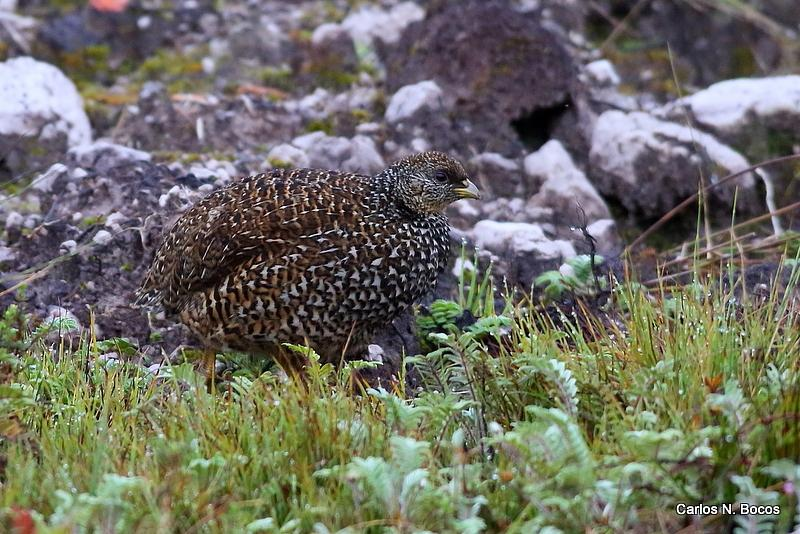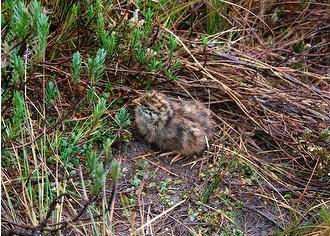Anurophasis monorthonyx

By Carlos N. G. Bocos
Etymology: Tail-Lacking Pheasant
First Described By: van Oort, 1910
Classification: Dinosauromorpha, Dinosauriformes, Dracohors, Dinosauria, Saurischia, Eusaurischia, Theropoda, Neotheropoda, Averostra, Tetanurae, Orionides, Avetheropoda, Coelurosauria, Tyrannoraptora, Maniraptoromorpha, Maniraptoriformes, Maniraptora, Pennaraptora, Paraves, Eumaniraptora, Averaptora, Avialae, Euavialae, Avebrevicauda, Pygostaylia, Ornithothoraces, Euornithes, Ornithuromorpha, Ornithurae, Neornithes, Neognathae, Galloanserae, Pangalliformes, Galliformes, Phasiani, Phasianoidea, Phasianidae, Pavoninae, Tetraogallini
Status: Extant, Near Threatened
TIme and Place: Since 10,000 years ago, in the Holocene of the Quaternary
Snow Mountain Quail live entirely in the Snow Mountains of Irian Jaya in New Guinea
Physical Description: Snow Mountain Quail are adorable little round birds, ranging in size from 25 to 28 centimeters in length. They have small heads and tiny, pointed beaks, with large round bodies. They do not have large tails - as you would assume from their names - but instead have a small tuft of feathers in the shape of a triangle on the ends of their bodies. They also have short, stubby feet. The males are reddish, with brown backs and brown striping on their bodies. The females are more pale, but also with brown backs and brown striping.
Diet: These quail feed mainly on flowers, leaves, seeds, foliage, and sometimes caterpillars.

By Charles Davies, in the Public Domain
Behavior: Snow Mountain Quail aren’t the most social pheasant species, usually only foraging in small groups of 2 to 3 individuals. They make small, noisy squeals when flustered, and repeated squee-ing calls when alarmed. They do not migrate, though they do move back and forth along the elevation due to predator activity. They make nests on the edge of grass tussocks, usually in September; where they lay three pale brown eggs with dark brown spots.
Ecosystem: Snow Mountain Quail are known from grassland and scrubland in the mountains, between 3100 and 3800 meter elevations. This is an extremely remote - and chilly - environment.

By Romain Risso, CC BY-SA 3.0
Other: Snow Mountain Quail are mainly near threatened due to the extremely limited and unique nature of its habitat. It is also not helped by the fact that the Indonesian Government has not granted protected status to these birds. More work is needed to protect these adorable little birds.
~ By Meig Dickson
Sources Under the Cut
BirdLife International (2012). “Anurophasis monorthonyx”. IUCN Red List of Threatened Species. Version 2013.2. International Union for Conservation of Nature.
Jobling, J. A. 2010. The Helm Dictionary of Scientific Bird Names. Christopher Helm Publishing, A&C Black Publishers Ltd, London.
McGowan, P.J.K., Kirwan, G.M. & Boesman, P. (2019). Snow Mountain Quail (Anurophasis monorthonyx). In: del Hoyo, J., Elliott, A., Sargatal, J., Christie, D.A. & de Juana, E. (eds.). Handbook of the Birds of the World Alive. Lynx Edicions, Barcelona.



















